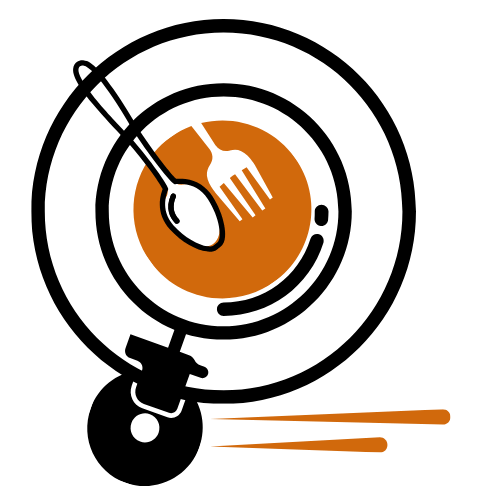Health & Lifestyle
Preparing healthy and Safety food
healthy and Safety food also includes preparing food to preserve nutrients and prevent disease, as well as taking care of food production issues.
Healthy and proper cooking
When preparing food, aim to preserve the nutritional value of the food and use healthy fats, reasonable amounts, and whole foods. Here are some tips:
Use healthy cooking methods such as steaming, grilling and roasting.
Frying requires the addition of fat to achieve the desired results, and fried foods add significant fat to the global diet.
Cooking with little water
Cook foods in the least amount of water and for the shortest amount of time possible to preserve all of the water-soluble vitamins (B and C).
The use of fragrant herbs
Use a variety of herbs and spices for added flavor rather than relying on salt alone.
Stay away from canned food
Avoid packaged or processed foods, which are likely to contain added salt, sugar, and fat. Know that eating these foods increases your intake of salt, sugar, and fat significantly (often without knowing exactly what or how much). As we eat more and more processed foods, we eat fewer phytochemicals and nutrients that our bodies need.
Doctors note that people at high risk of foodborne illness should follow additional guidelines. This includes:
- pregnant women
- young children
- the elderly
- People with a weakened immune system or certain chronic conditions
Preparing healthy and Safety food
Foodborne illnesses don’t just come from restaurants. In fact, it usually comes from poor food preparation, serving, and storage at home. Follow the guidelines below to keep your food as safe as possible:
- Firstly Wash the chef’s hands and surfaces using hot, soapy water often.
- Secondly Wash your hands before and after handling food or utensils, especially raw meat, poultry, fish, or eggs.
- Wash all fruits and vegetables before eating.
- Separate raw, cooked, and ready-to-eat foods.
- Keep raw meat, poultry, fish, or eggs away from other foods to prevent cross-contamination.
- If possible, use separate cutting boards for these foods. If not, be sure to wash your cutting boards carefully with soap between uses.
- Cook foods to a safe temperature using a food thermometer. y
- Undercooked or undercooked animal products can be unsafe.
- Keep hot foods hot (above 140 degrees) and cold foods cold (below 40 degrees) to prevent bacterial growth.
- Refrigerate foods within 2 hours of purchase or preparation (1 hour if temperature is above 90 degrees).
- When in doubt, throw it out. If you’re not sure the food is being prepared, served, or stored properly, get rid of it.
- importantly If food has been left outside for more than two hours, discard it.
- Eat leftovers that are cooked within four days.
Learn how to produce your own foods
In conclusion,Food production is another important component of nutrition and health. This is a complex issue with a lot of factors, some of which you cannot control. For example, food grown in healthy soil will provide food with necessary trace minerals, but when the soil is stressed for large-scale production, essential trace minerals can be lost.
However, you can make several choices:
- Buy organic foods for all or some of your diet.
- Buy meat from producers who do not use antibiotics. Reduce your intake of fish that are high in mercury.
- The Environmental Protection Agency recommends eating up to 12 ounces of fish that are low in mercury per week, including shrimp, canned light tuna, salmon, pollock, and catfish, and avoiding sharks, swordfish, king mackerel, and tilefish.
